The birth of the South Asian Association for Regional Co-operation (SAARC)in 1985 marked a new beginning for the seven South Asian countries-India, Pakistan, Bangladesh, Nepal, Bhutan, Sri Lanka and Maldives. For the first time, these countries made an institutionalized effort to forge multilateral co-operation among them. But even after twenty years of existence of the SAARC, the leaders years of existence of the SAARC, the leaders of the South Asian countries are usually much more comfortable in dealing with the countries outside the region than they are with themselves, and the past for them remains the present. Therefore, the first twenty years’ experience of this regional organization can hardly put SAARC in the same category of the European Union (EU) or even in that of Association of South East Asian Nations (ASEAN). While the latest phase of globalization must have forced the leader of the SAARC countries to rethink their relationship vis-?-vis one another and to work for a free trade region in South Asia, but the turbulent years are yet to be left in mind. But, why could not SAARC succeed when many other regional organizations are reaching new highs? Who were at fault? This book is a humble attempt to find probable answers to these serious questions that have been bothering the people of South Asia for quite some time.
The State of Being Stateless: An Account of South Asia
State lessness is defined as ...
$37.80
$42.00

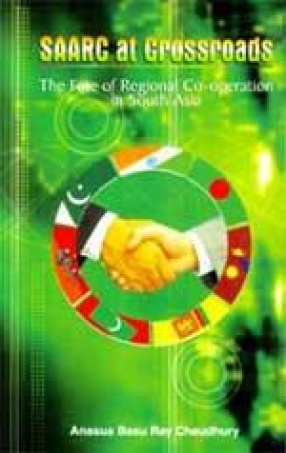
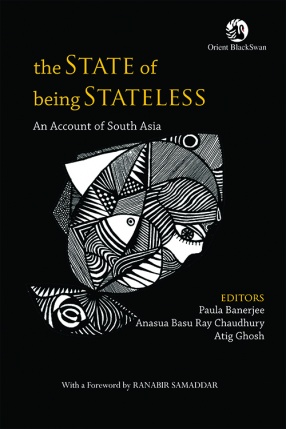
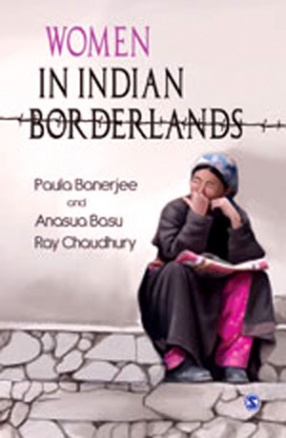

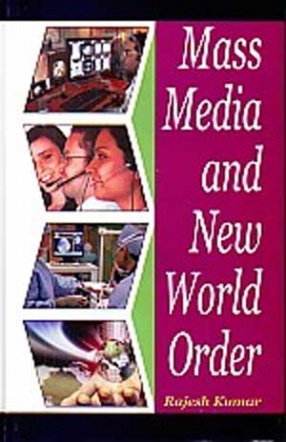
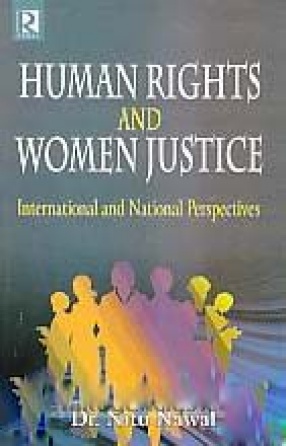
There are no reviews yet.